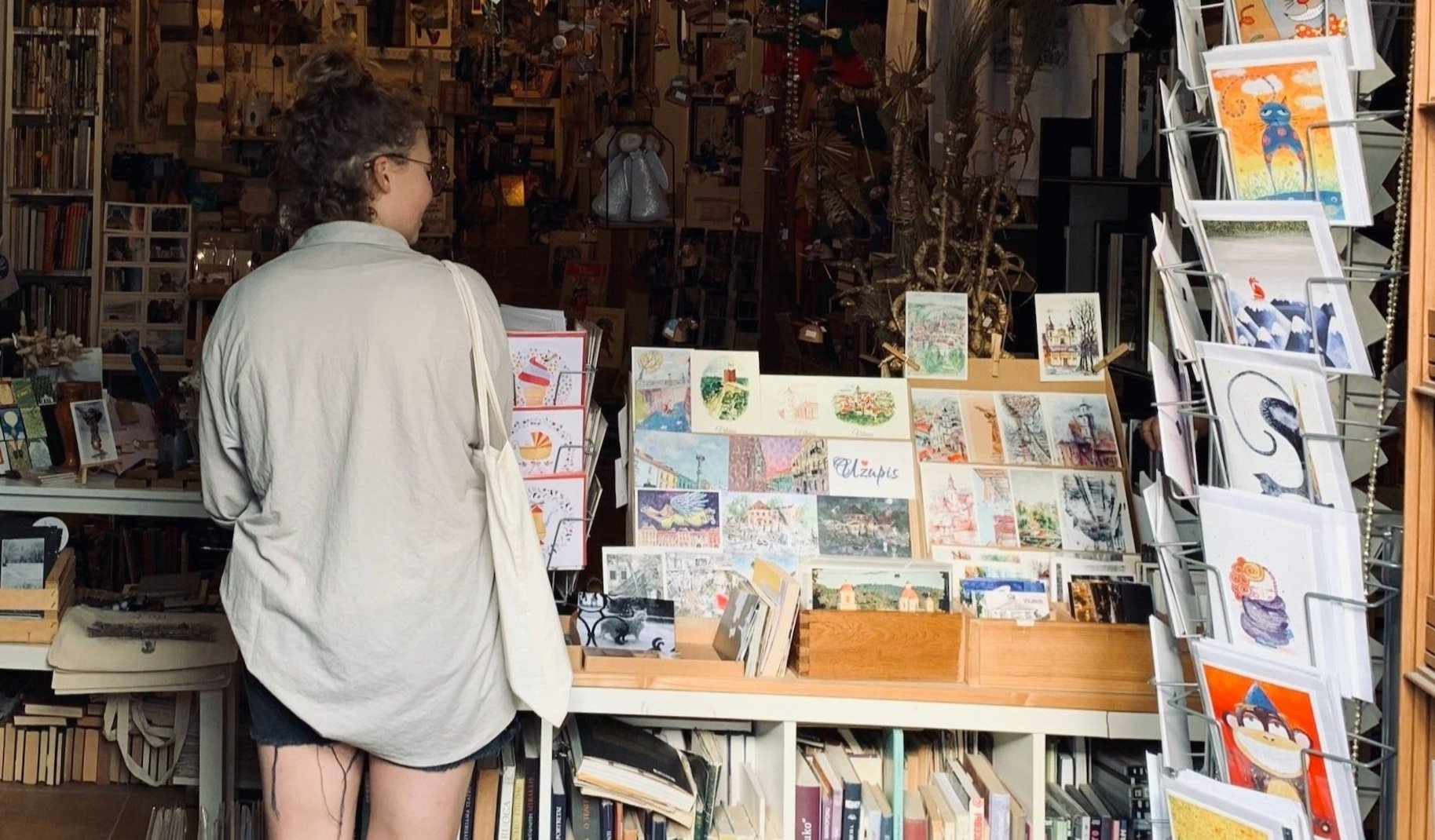

Do you have a passion for art or photography? Starting a greeting card business could be the perfect way to turn your creative skills into a profitable and rewarding venture. In this article, we'll provide you with a comprehensive guide on how to start your own greeting card business, covering everything from market research to printing.
The UK greeting card market is worth £1.5 billion with a billion cards sold during Christmas alone.
But before you jump straight in and write that resignation letter, there are some important things to consider.
Knowing what you like and more importantly ‘what you are like’ will help you plan your business with realistic objectives that plays to your strengths and encourages you to keep going.

Market research is an essential part of starting any business, no matter how small. When it comes to setting up a card business, doing your research is the only way to make sure you know who will buy your unique cards, where they’re shopping, and how much they’ll be willing to pay. It’s the first step towards creating a sustainable business - and avoid ending up with boxes of cards gathering dust in the attic!
Defining your unique style of artwork in a language that your customers will use to find your cards. Think Google keywords and Instagram hashtags. This will help you map out your market for further research.

While doing research online is quick and simple, selling online is a different story. The majority of online marketplaces use recommendation algorithms that favour well-known sellers, making it more difficult for new sellers to stand out. It can take months to build an Instagram following that converts to buyers. It might take even longer to get users to visit your new website. So starting locally can be the fastest way for you to get those early sales.
80% of greeting cards sold in the UK are through traditional retailers
It’s true that supermarkets and national card shops make up a huge portion of offline sales, and they tend to focus on generic cards bought from wholesale distributors. But don’t despair! There are plenty of independent retailers that cater to more niche tastes in greeting cards. So, if you’re looking to reach a more specific customer base, independent retailers are definitely worth exploring!
Head over to your local independently -
You can check out the type of customers they serve. Find out how much they charge for similar cards to yours. Often you can talk directly with the owner and pitch your designs, get an idea of the best selling themes and seasonal trends. With a bit of luck they may agree to stock your cards when you are ready.
At the end of your market research, you should know-

It isn’t absolutely necessary to have a formal business plan to set up a successful business, But it can be super helpful to have a clear idea of where you are trying to go and how you are going to get there. Preferably with some numbers and timescales to measure progress. If you plan to borrow money to get started, then creating a business plan is unavoidable. Fortunately, these days, with the growth of short run digital printing, free design tools and online sales channels, it is possible to start a greeting card business without breaking the bank. A business plan can be as short as 2 sides of A4.
Business Summary
This business specialises in high quality, original watercolour greeting cards for sale in independent local card shops, cafes and online. We plan to start out with an initial investment of £500 to cover the cost of printing and shipping.
Products and Services
We produce a selection of premium greeting cards with original watercolour paintings of flowers, plants, and landscapes. The seasons will be the inspiration for our collections. Each card comes with an envelope and is printed on superior card stock. These can be purchased singly or in a pack of five as a collection. Our cards are blank on the inside and suitable for all occasions.
Market Analysis
Due to a trend towards handmade and unique products, the fine art card market is continuing to expand. Given their distinctiveness and higher quality, we expect our cards to be in high demand. We initially plan to sell to independent local card shops and cafes, and as the business expands, we'll also sell online. We anticipate selling 5,000 cards and making £6,000 in profit in the first year. Having established sales channels and reduced printing costs from larger print runs, we anticipate this to grow to 15,000 cards and a profit of £17,000 in year two.
Competition
Our main competition is other more established independent artists. We believe selling locally will be easier for us to establish the business as there is less competition. Online represents a much bigger opportunity and greater competition but we believe the market is diverse enough to support our unique offering.
Marketing and Sales
We plan to use a combination of online and offline marketing strategies to reach our target market. We will use social media, email campaigns, and word of mouth as well as displaying our cards in shops and cafes to promote our products.
Financials
We plan to start out with a modest initial investment of £500 to cover the cost of printing our first collection, packaging and sales. We anticipate that our sales will increase over time, allowing us to reinvest our profits to expand the business.
Conclusion
We believe that our original artwork and premium quality greeting cards will be well received by our target market. With a modest initial investment and a combination of online and offline marketing strategies, we are confident we can build a sustainable greeting card business.